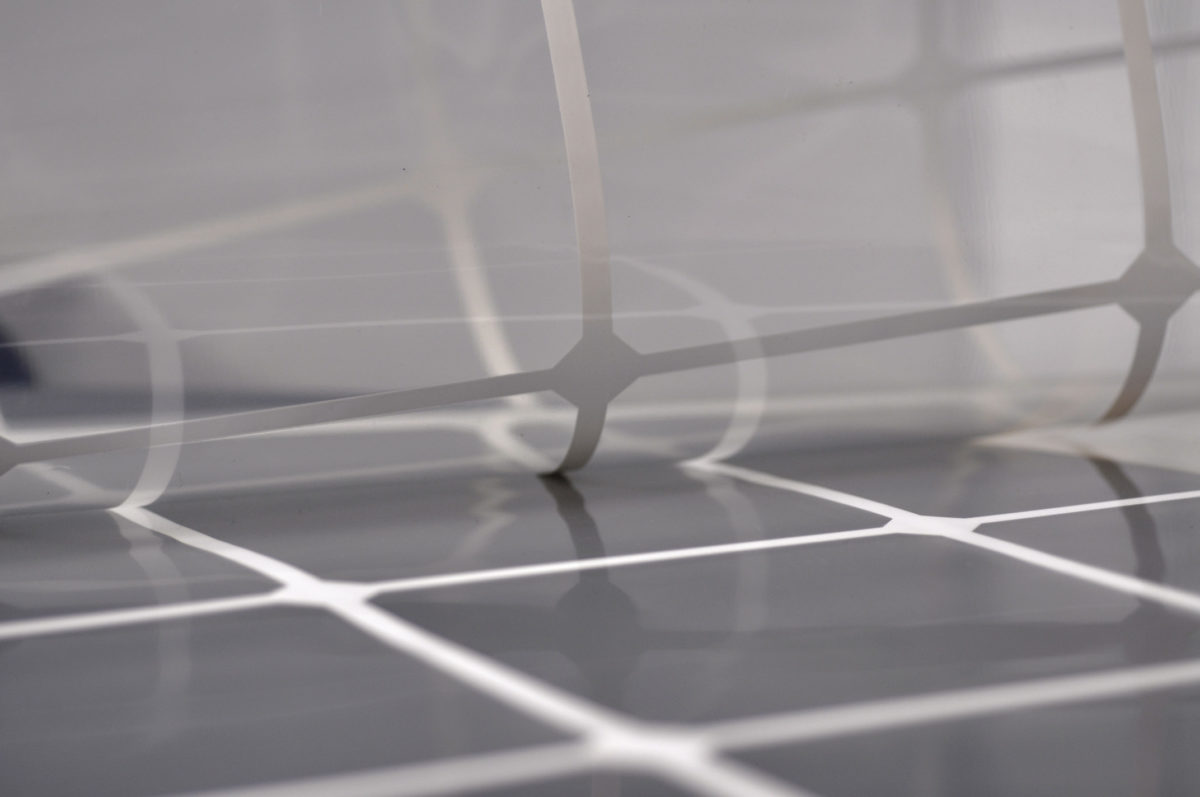Coveme has been operating in the EU since 1965. When did you focus on the solar industry and why?
Coveme commercialized its first backsheets in the 1980s, but it was with the new millennium that volumes grew considerably, specifically with an expansion in the European market in 2006-07. A real turning point was in 2008 when, in collaboration with DuPont Teijin Films, and due to a shortage of Dupont’s Tedlar product, we developed and launched a backsheet entirely based on polyester film. This product was a huge success and confirmed we were in the right to develop polyester films for the PV market.
Europe established a thriving solar manufacturing industry in that decade, which was then impacted by the rise of Asian manufacturing. Many established and successful players did not survive. How did you?
We moved with the market and transferred our know-how and technologies to China, opening a proprietary production plant in Zhangjiagang in 2011. At that time, we were the first non-Asian backsheet supplier to take this step, and still today we are the only one that has production sites in both Europe and Asia.
What is one of the most important lessons that you’ve learned along the way?
Financial and political dynamics make this market extremely difficult, particularly on a global scale. In the past, European incentive schemes have focused too much on the end customer instead of the manufacturers. The ones that profited most from this were Chinese module producers. My advice is to invest in a strong global presence, commercially and for manufacturing.
How realistic is it to establish a full solar manufacturing value chain in Europe?
It is crucial for the future of the PV market to re-establish a value chain in Europe. Otherwise we will end up as it is now: with an almost complete dependence on the Chinese producers. For this, big investments are needed in the production technologies for base materials and modules.
Where do you source your materials and how are suppliers selected?
We source our materials in Europe and China. The choice is led by the technological content for a product development that goes beyond the standard products on the market. Our suppliers are selected for product quality and price, as well as quality of service and third party certifications for quality, the environment, and safety.
In 2021, you were investigating recycling models where both the backsheet and encapsulant are separated by a mechanical process of chemical recycling to become feedstock for new PET film production. What is the status of this work?
The project concluded with the proof of feasibility for a closed loop recycling scheme for our backsheets. Unfortunately, we have yet to find a company that is interested in investing in new technologies for material separation on an industrial level. Currently, the panel is disassembled, and some parts are recovered but the backsheet is not because there is no one with the capabilities. Perhaps it is premature because the quantities of end-of-life modules are not yet high enough. Perhaps in five years it will become profitable to make a machine to recover backsheets.
You’re part of various international working groups focused on understanding module disposal. How has this developed?
We are a member of the European Solar Manufacturing Council (ESMC), which aims to bring back the entire solar value chain to Europe. To do this, funds will be requested from the European community. The ESMC has several working groups, and we are part of the “recycling group” which wants to develop the manufacturing of eco-sustainable solar materials.
Another important project is our lifecycle assessment study. We commissioned an agency to study how much CO2 is produced during the lifecycle of our polyester-based backsheets. The study will end in eight months, and we expect the carbon footprint value result to be much better than for fluorinated products. And if you take into account that we now offer our backsheets with 33% of rPET content, the carbon footprint value is expected to be even lower.
You are hoping to publish your first annual sustainability report in June next year. What are the challenges, particularly when it comes to managing your supply chain?
The project represents many challenges. For example, more transparent stakeholder communication, spreading the culture of sustainability internally, having a greater awareness of company risks, obtaining a clear picture of corporate sustainability performance, and identifying areas for improvement and meeting market demands.
What can we expect to see from Coveme in the future?
We will produce backsheets and frontsheets with new low-impact technologies. For this, we are already investing in new production lines, and the next opening is planned at our Gorizia plant in Italy next year.
This content is protected by copyright and may not be reused. If you want to cooperate with us and would like to reuse some of our content, please contact: editors@pv-magazine.com.

